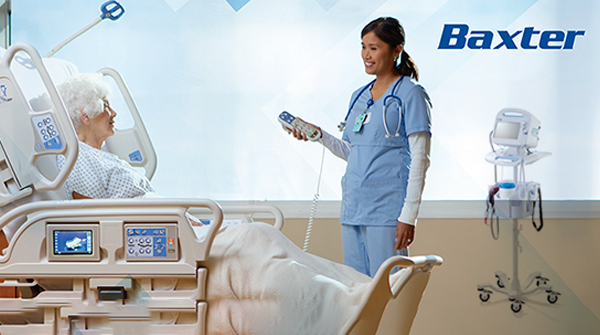Aurora Spine Receives IRB Multi-Site Selection Approval for its DEXA-C™ Cervical Interbody System
5 April 2023
Aurora Spine Corporation, a designer and manufacturer of innovative medical devices that improve spinal surgery outcomes, today announced it has received Institutional Review Board (IRB) multi-site selection approval for its new multicenter study of DEXA-C™ Cervical Interbody System. The study has selected seven sites with three submitted for approval. After approval, patient enrollment is expected to begin. The study will initially include data from 40 single level and 40 multiple level subjects.
The DEXA-C system is indicated for anterior cervical interbody fusion procedures and is the first in a series of implants based on Aurora’s patented DEXA™ technology platform. Based on the DEXA T-score for measuring a patient’s bone density, the DEXA technology platform includes implants that are of varying densities to match a patient’s bone density. DEXA-C is intended for use on patients who require anterior cervical discectomy and fusion surgery. The DEXA-C system implants an interbody spacer(s) into the cervical intervertebral body space(s) to stabilize and fuse the level(s). Allograft will be used in the spacer and the spinal segment(s) are fixed with an anterior cervical plate.
Mr. Trent Northcutt, Aurora’s President, CEO, and co-founder, stated, "We are pleased to move forward with the next step of the multicenter study for DEXA-C by having several sites approved and ready for enrollment. We’ll be sure to make periodic updates of this study, with the next steps being the enrollment of patients at these locations. The data from this study will be very important to doctors’ thinking about using the DEXA-C series of implants and will help build out our DEXA franchise.”
Principal Investigator Dr. Sebastian Koga said: “This prospective trial is the first clinical study in a decade to address a new biomaterial in spine. I am excited to participate in a landmark project and look forward to elucidate the role of softer materials in the biology of bone fusion.” Dr. Koga is a neurosurgeon at Forrest Health Institute of Neuroscience and Director of Koga Neurosurgery and has the largest experience nationally with this new biomaterial.
Dr. Steven Falowski, a Functional Neurosurgeon in Lancaster, PA, commented, “This is the next step in spinal fusion surgery to assure improved patient outcomes and counter some of the common limitations with graft implants such as subsidence. I am glad to move forward with this study to demonstrate its utility with clinical data."
The primary outcomes of interest for this study will be fusion assessment with patient follow-up visits at 3 months, 6 months, 12 months, and 24 months post-surgery. Included in the data collection will be fusion assessment from Static and Dynamic X-Ray (AP/LAT/Flex/Ex) using the following criteria: bridging bone inside or outside of graft; no lucencies at the graft-vertebral body junction; and motion < 1mm.
The secondary outcome measures will include subsidence and alignment assessments. Patient reported outcomes (NDI and VAS) will be collected at follow up visits and assessed compared to baseline.
Source: globenewswire.com

